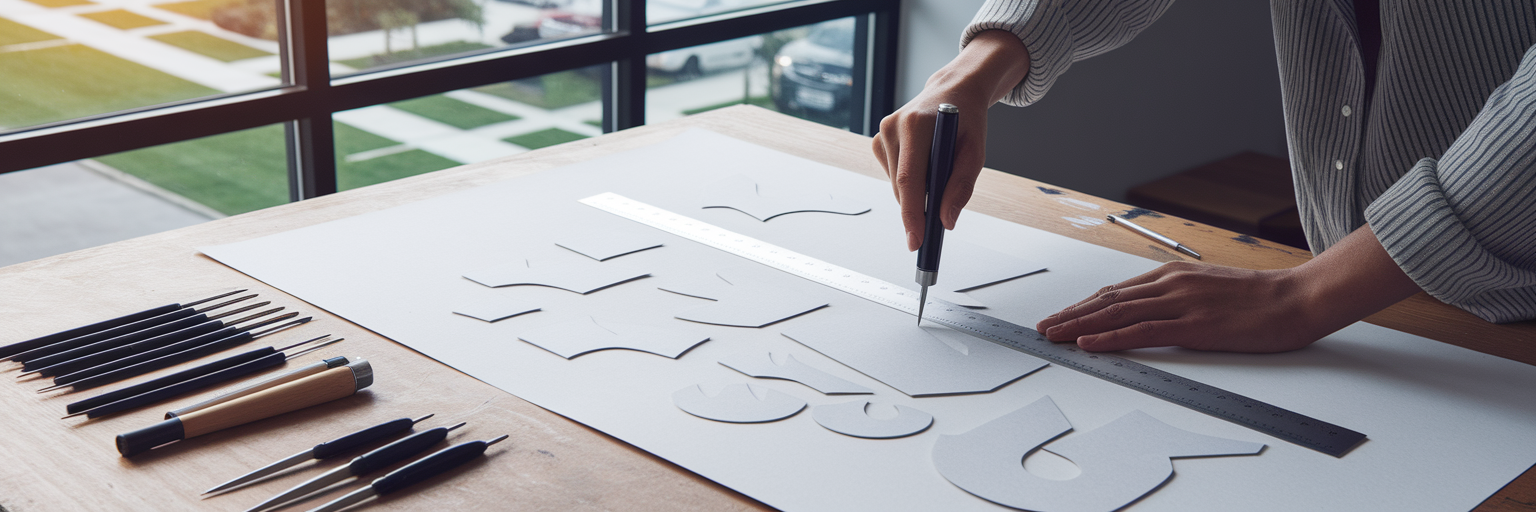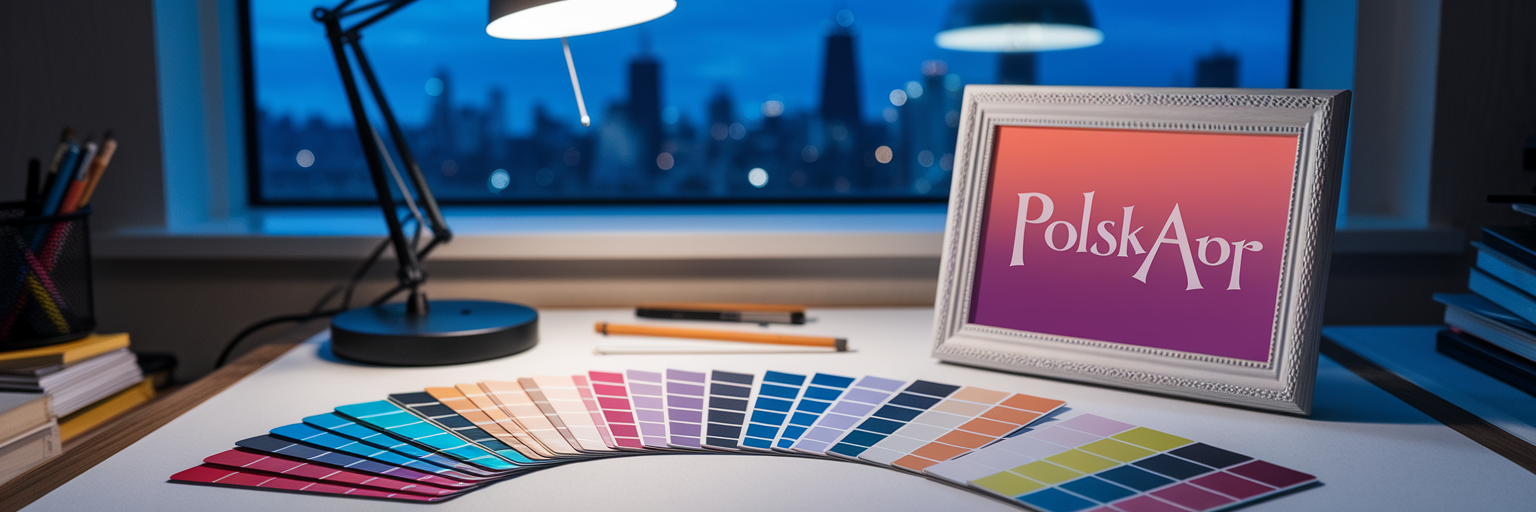Create Winning Google Play Screenshots for Free
The Real Impact of Your App's First Impression
Users on the Google Play Store form an opinion in seconds. Before they read a single line of your carefully written description, their eyes jump to your screenshots. These visuals are not just decoration; they are often the single most decisive factor in whether someone taps "Install" or scrolls past. This split-second judgment is where your app's journey begins or ends.
High-quality screenshots directly influence conversion rates and download numbers. They are a foundational element of any effective App Store Optimization (ASO) strategy. According to industry analysis from AppTweak, optimizing your app store screenshots is a critical factor for increasing conversions. Neglecting them is not a neutral choice. Poor visuals actively repel users, creating a negative perception that even a brilliant app will struggle to overcome. Providing solid app store optimization tips starts with getting this first impression right.
Google Play's Technical Screenshot Requirements

Before you can focus on creative strategy, you must meet Google's specific, non-negotiable technical rules. Getting these wrong means your screenshots will be rejected, halting your update or launch. Think of these requirements as the foundation of your visual presentation. They ensure your images look sharp and professional across every Android device.
To avoid common upload errors, here is a quick reference for the google play screenshot size 2025 and other key specifications.
| Requirement | Specification | Developer Note |
|---|---|---|
| File Format | JPEG or 24-bit PNG (no alpha) | PNG is recommended for graphics with sharp lines. |
| Minimum Dimension | 320px | Anything smaller will be rejected. |
| Maximum Dimension | 3840px | Ensures clarity on high-resolution displays. |
| Aspect Ratio | Max dimension cannot be more than twice the min dimension | For example, a 1080px wide screenshot cannot be taller than 2160px. |
| Quantity | Up to 8 per device type | Focus on quality and storytelling in the first 3-4. |
Note: These specifications are based on Google's current developer guidelines. Always verify the latest requirements in the Play Console before uploading.
You can upload up to eight screenshots for each supported device type, but the first three are the most important. While games often use landscape orientation to showcase gameplay, most other apps benefit from portrait mode. It fills the user's screen more naturally upon first glance in the store. As the Google Play Console Help page confirms, adhering to these requirements is essential. Once you have the technical rules down, you can explore more general app store screenshots best practices to refine your approach.
Crafting a Visual Story with Your Screenshots
Your screenshots should not be a random collection of screens. Instead, they should work together as a curated visual story that guides the user from curiosity to conversion. Think of them as a three-panel comic strip that explains your app's value proposition instantly. Knowing how to create app screenshots that tell a story is what separates good ASO from great ASO. For more ideas on visual storytelling, our blog offers a range of articles for developers.
Hook with the 'Aha!' Moment
Your first screenshot is your hook. It must communicate your app's primary value in a single glance. This is your "Aha!" moment, where a potential user immediately understands what problem you solve. For a budgeting app, this might be a clean dashboard showing "Your Finances, Simplified." It's not about showing a feature; it's about showcasing the ultimate benefit.
Showcase the Core User Journey
The second and third screenshots should guide the user through the core experience. Show them the path from their problem to your app's solution. A fitness app could show a screen for creating a personalized workout plan, followed by a screen tracking daily progress. This sequence demonstrates how the app works in a logical flow, making its value tangible and easy to grasp.
Prioritize Your Unique Selling Points
What makes your app different from the dozens of competitors? Don't bury your best features on the seventh screenshot. If your messaging app offers superior end-to-end encryption or a unique file-sharing capability, highlight that advantage within the first few images. Users are comparing options, and your unique selling points need to be front and center to win their attention.
Essential Design Tips for App Developers

You don't need to be a professional designer to create effective screenshots. Following a few key principles can make a significant difference. These best practices for app screenshots focus on clarity, branding, and professionalism, ensuring your visuals build trust rather than create doubt.
- Benefit-Driven Captions: Keep your text short, bold, and focused on outcomes. Instead of a caption that says "Task List," use "Organize Your Day in Seconds." The first describes a feature; the second promises a benefit. Users download apps for the benefits.
- Brand Consistency: Use your app's color palette and fonts in your screenshots. This consistency builds brand recognition and creates a cohesive, trustworthy impression. When a user sees the same visual identity in the store and then in the app, it feels familiar and professional.
- Effective Use of Frames and Backgrounds: Place your UI captures inside modern device frames, like a Google Pixel. This helps users visualize the app on their own phone. A clean, uncluttered, or subtly branded background makes your app's interface the hero of the image.
- High-Resolution Imagery: This is non-negotiable. Start with crisp, clear screen captures. Blurry or pixelated visuals suggest a low-quality, poorly made app. A sharp image communicates attention to detail and quality.
Choosing the right caption or background color is not just guesswork. Understanding the role of A/B testing in choosing the perfect app store screenshots can help you validate which designs convert best.
Streamlining Creation with a Free Screenshot Tool
Knowing all the rules and best practices is one thing, but executing them can be time-consuming, especially for developers juggling multiple responsibilities. Manually creating, captioning, and resizing dozens of images for different devices is a tedious process. This is where a free google play screenshot generator becomes a strategic asset.
An ideal tool acts as a bridge, helping you apply ASO principles without needing design software or hours of manual labor. It should allow you to:
- Choose from pre-made, professional layouts that arrange your screenshots into a compelling narrative.
- Access a library of the latest device frames for both iOS and Android, ensuring your app looks current.
- Generate all required sizes with one click, eliminating the frustrating task of manual resizing and formatting.
- Simplify localization with features that let you translate captions for multiple languages effortlessly.
Using such a tool saves valuable time and resources, allowing you to focus on improving your app's core functionality. A comprehensive screenshot generator provides all these features, enabling you to create professional visuals in minutes. Good tools are also regularly updated to support new devices and operating systems, and you can often check the tool's changelog to see when new features are added.
Your Pre-Upload Screenshot Checklist

Before you hit "Publish," run through this final checklist. This five-minute review ensures your optimization efforts translate into real-world results on the Google Play Store. It's the last line of defense against common mistakes that can undermine your hard work.
Ask yourself these questions:
- Do my first three screenshots tell a clear and compelling story about my app's value?
- Is my text concise, easy to read, and focused on user benefits rather than just features?
- Do the colors, fonts, and overall design align with my app's brand identity?
- Have I met all of Google Play's technical requirements for size, format, and aspect ratio?
- Are all my images high-resolution and completely free of any blurriness or pixelation?
This final check is a crucial step. It confirms that your visual storefront is polished, professional, and perfectly positioned to attract and convert new users.